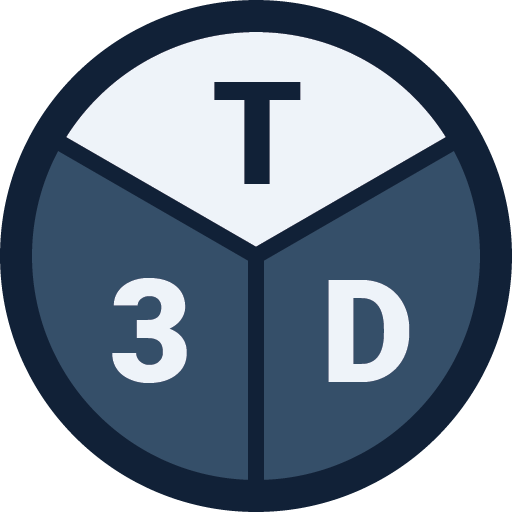When designing load-bearing structural components, it is essential to understand the internal force conditions induced by external loading. For walls and columns supporting floors, the external loading can be estimated by multiplying the floor’s distributed load with the element’s tributary area. For simple structures, this is easy to do by hand;

However, when the complexity of the structural layout increases, estimating tributary areas manually gets very hard. It is common to use finite element modelling software for load calculations, but that requires an accurate and precise model, which in some cases can take weeks to build. This gets particularly inappropriate in early design phases, where geometry change often. Yet, deriving good estimations of column loads early is important to inform column layout and foundation system.

This is where Tribby3d comes to rescue! Using geometric methods, Tribby3d makes it easy to define models and compute tributary areas without the need for detailed FE models. With the app’s strong visual response, interpreting the analysis results gets intuitive and straight-forward. The output can then be exported to Excel for further structural design.

